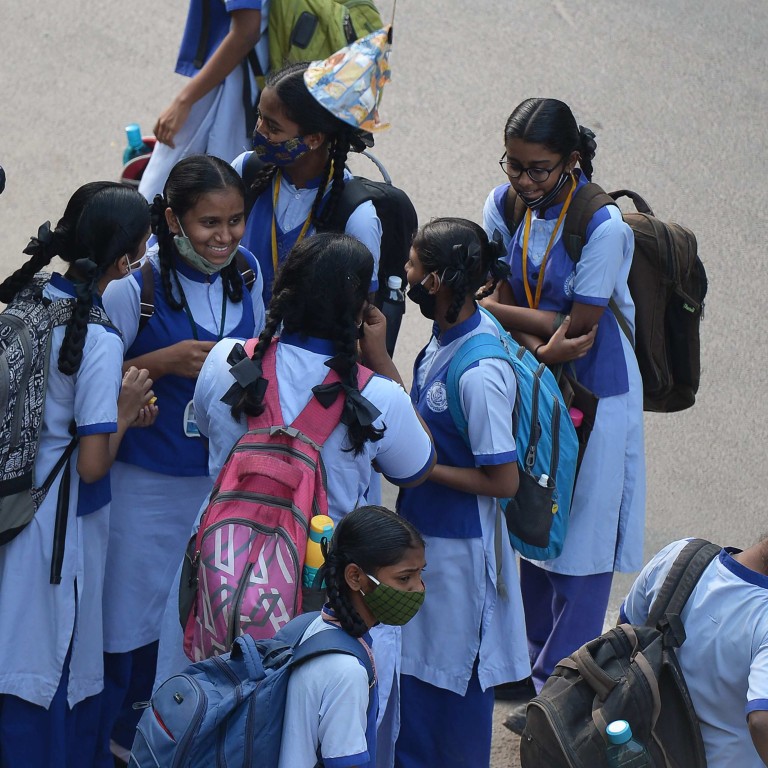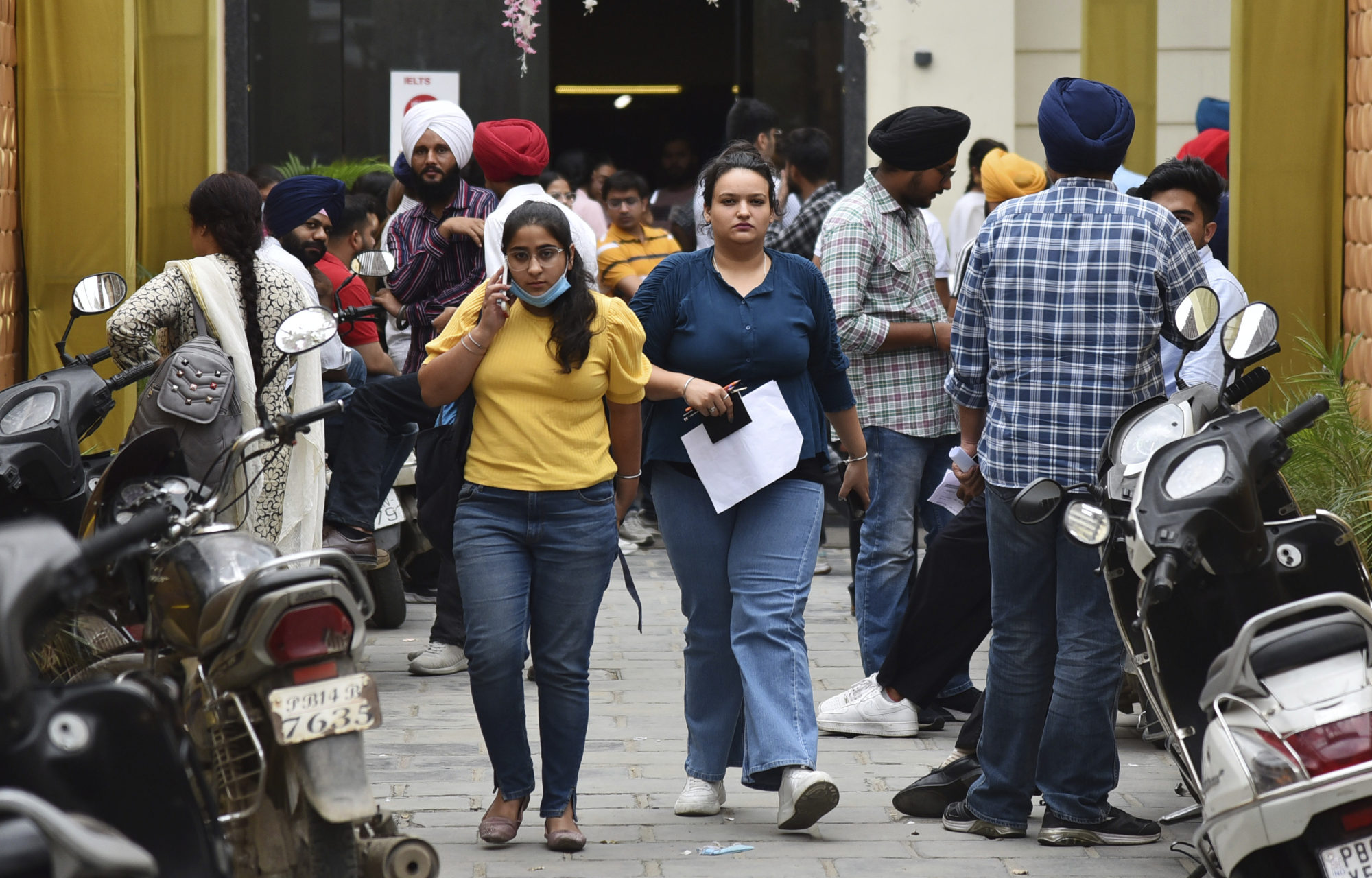
How India and China can take their human capital to the next level
- Education may be holding India back from emulating China’s economic trajectory, with India producing far fewer skilled workers than China
- Yet while India can learn from China’s success in education, China still has strides to make in critical thinking and allowing a diversity of ideas
Scarcity of good jobs is only one side of the equation. Inadequate training has been a key contributing factor. In 2019, India’s workforce was ranked 107th for skills in the World Economic Forum’s Global Competitiveness Index. Alarmingly, its position is projected to further drop in the years to come.

While India saw a decline in the latter half of the last decade in the number of secondary school and university graduates with competitive skill sets, China’s numbers rose in the same period.
In the latest QS ranking, China places eighth for the overall strength of its higher education system. It is joined in the top 10 by South Korea and Japan, epitomising the importance of human capital in East Asia’s economic rise. Strong talent has transformed these nations into leaders of innovation; collectively, they accounted for more than half of all Patent Cooperation Treaty patents filed in 2021.
India has an adult literacy rate of 74.4 per cent versus China’s 96.8 per cent. With higher education increasingly becoming a necessity in China, students are typically expected to go through around 14 years of schooling, compared to 12.2 years in India.
A fundamental challenge for education in India is the diversity of languages in the country. Among its 120 languages, Hindi is the most widely spoken, but even this is used routinely by just 57 per cent the population.
While China has almost 300 living languages and multiple dialects, the written language is unified – the stage being set more than 2,000 years ago. The vast majority of China’s population can read Chinese.
Among 112 non-English-speaking countries, India and China are ranked side by side (48 and 49, respectively) in the EF English Proficiency Index. English remains an official language of India and is often seen as an advantage among employers, particularly in global commerce. However, its use is largely restricted to elite circles. A mere 10.6 per cent of Indians speak English, and only 0.02 per cent count it as their first language.

China and India face opposite challenges in human resource development. For India, it is currently the base of the pyramid, for China it is the top.
China cannot attract global talent as readily as the US. Its emphasis on ideological indoctrination may be a factor. Critical thinking is taught in Chinese schools, but not nearly to the same extent as other advanced nations such as Israel and South Korea.
Hong Kong has a key role to play here. The city benefits from an open economy and global outlook. Even with large numbers of residents emigrating, Hong Kong remains a magnet for global talent, including mainland China’s best and brightest.
Turn Hong Kong into a learning innovation hub to boost economy and schools
“Demography is destiny” is only half right. The quality of human capital is just as important to economic development. Just like other East Asian economies, China’s remarkable achievements in education have been foundational to its economic success.
The final step in China’s human development may be the hardest. It calls not for more investment but greater tolerance. Talent thrives in an environment where critical thinking is encouraged.
Allowing diversity in ideas and thought is a sign of national confidence and can only make a nation stronger. To achieve national rejuvenation, China needs only to find that self-confidence and openness – just as it did during the glorious Tang dynasty.
Winston Mok, a private investor, was previously a private equity investor


